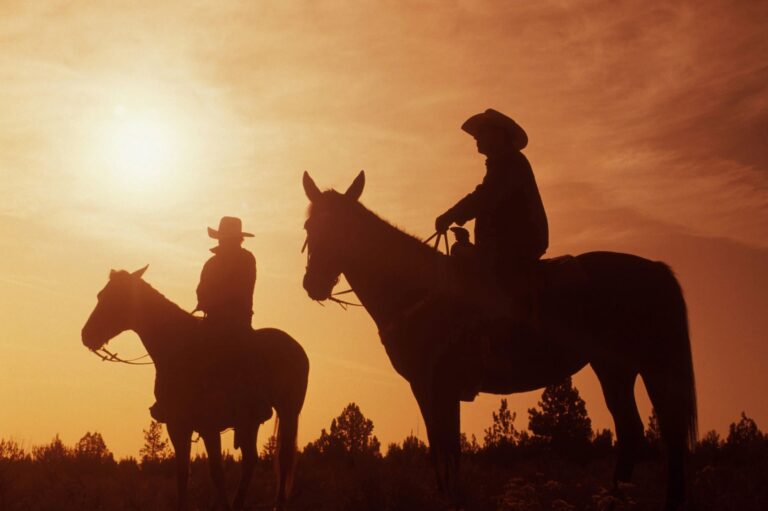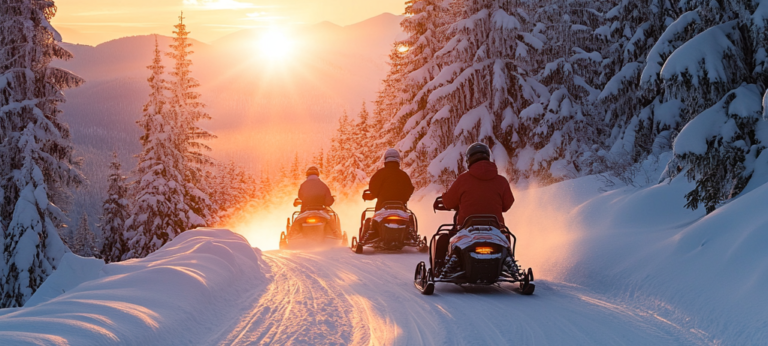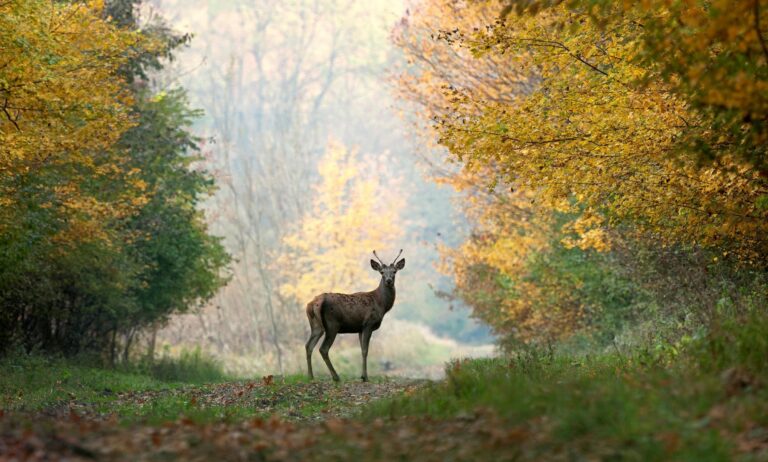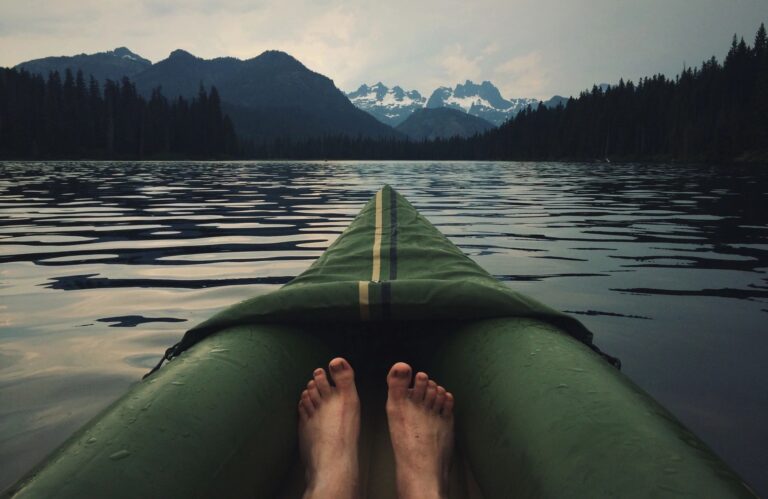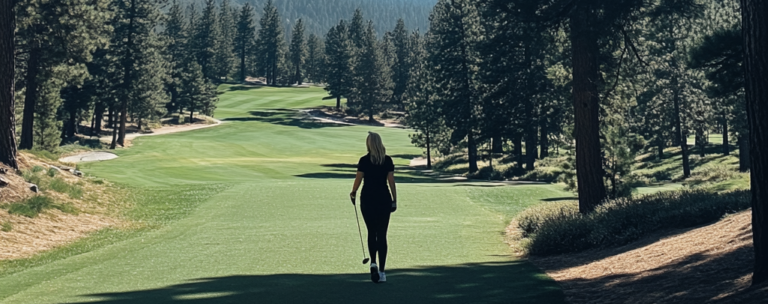We LOVE wild birds! Bassett’s Station has several bird feeders we try to keep full during the open season. This draws a variety of feathered creatures and the folks who love to watch them. And, unfortunately, sometimes bears. The hummingbird feeders are kept out of reach from visiting bears, but the wild bird feeders occasionally become too tempting for them. So, if our seed feeders are empty, there is a good possibility it’s because we don’t want to feed the bears. We definitely prefer to feed the birds!
A very special thanks to D. Hamilton for CONTRIBUTING the following PICTURES AND information on birding. EXCELLENT GUIDANCE SO KEEP READING!
Birding in the sierras
Sierra & Plumas Counties are well known for outstanding birding! Generally, the best time to go is in June and July when the snow has sufficiently melted, but almost anytime can be good!
Here are some easily accessed birding sites on paved roads
NOTE: If you want to be more adventurous, there are many backcountry forest roads – some good gravel and some that can be muddy, rutted, or still snow-covered. Be sure you know what your car – and your own body – can do at these higher elevations! And remember that cell phone coverage can be spotty or non-existent! An old fashioned folding map might be a good thing to pickup at Bassett’s on your way out.
Bassett’s Station: Check out the hummingbird & seed feeders. Walking across the highway by the creek and up the road a bit can be birdy. Band-tailed Pigeons, Anna’s, & Calliope Hummingbirds, Steller’s Jay, Evening Grosbeak, Cassin’s Finch, possible Dipper, and more.


Sierra Buttes and Sardine & Packer Lakes: from Bassett’s Station take Gold Lake Hwy (County Rd S620) to County Rd S621 – Packer Lake Road & Sardine Lake Road. Great first thing in the morning or late afternoon after an early dinner. Be sure to stop right at the bridge when you turn off Gold Lake Hwy to look down below at Salmon Creek for Dippers. Mt. Quail, Olive-sided & Dusky Flycatchers, Hermit & Swainson’s Thrushes, Spotted & Green-tailed Towhees, Hermit, Nashville, MacGillivray’s, Yellow & Yellow-rumped Warblers, Western Tanagers, Chipping & ‘Thick-billed’ Fox Sparrows. This is a great area for wildflowers, too.


Sierra Nevada Field Station: (off Hwy 49 1 mile east of Bassett’s) Parking in their lot is allowed & first thing in morning (other times may be good, too) look for warblers & vireos, Western Tanagers, Evening Grosbeaks, & listen for Mt. Quail right from the parking lot, by the willows. From the bridge look for Dippers; sometimes the staff has feeders near the buildings to check out.
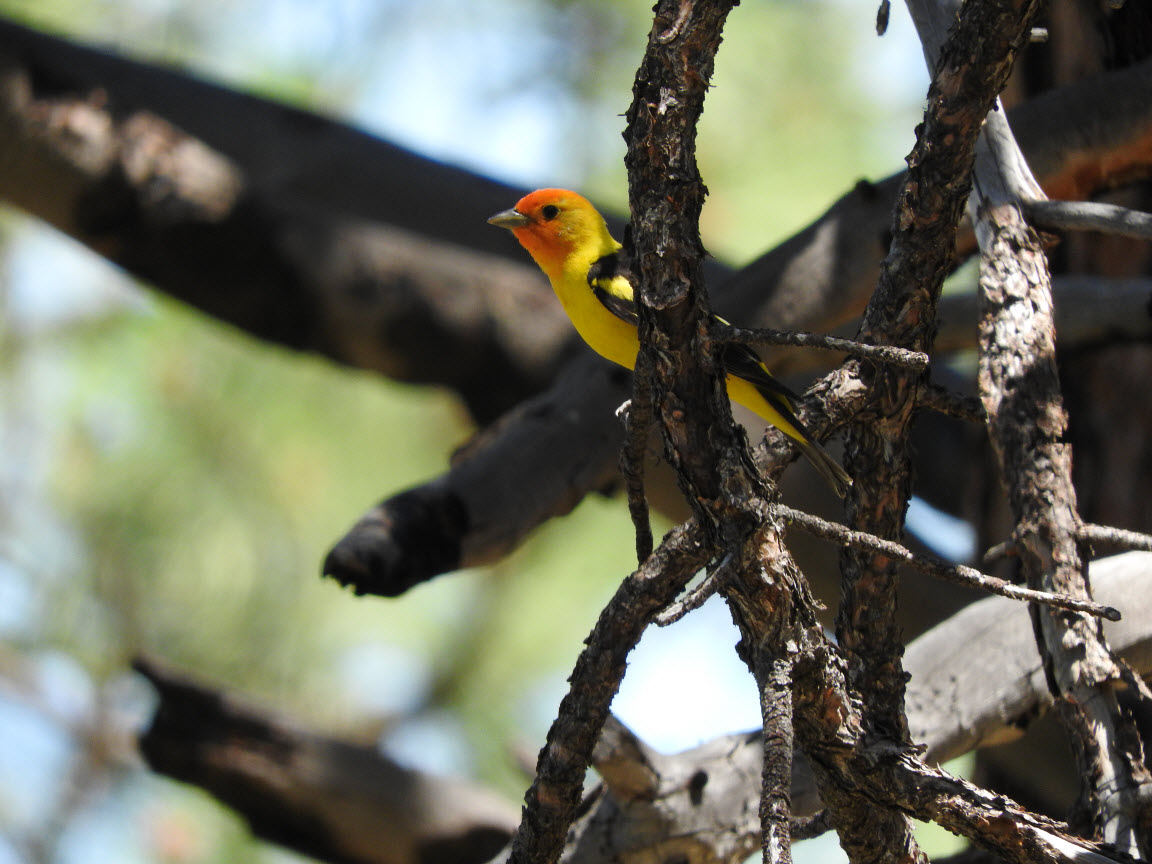

Yuba Pass Campground, Sno-Park & Forest Rd 12 (good gravel road you can drive past the Sno-Park): Parking and vault toilet. Williamson’s Sapsucker, Hairy & White-headed Woodpeckers, Western Wood-Pewee, Hammond’s Flycatcher, Hermit, Nashville, Wilson’s & Yellow-rumped Warblers, Chipping Sparrow, Cassin’s Finch, Evening Grosbeak, to name a few.
Graeagle-Johnsville Road Birding Locations:
Madora Lake: Is located 3 miles up the Graeagle-Johnsville Road which begins a little north of the center of Graeagle. The trail is 1.7 mile loop that descends gently to the lake through a Ponderosa Pine Forest. Hairy & White-headed Woodpeckers, Western Wood-Pewee, Hammonds Flycatcher; MacGillivray’s, Nashville, Yellow, Yellow-rumped & Hermit Warblers, Fox & Lincoln Sparrows, Spotted & Green-tailed Towhees & more.
Plumas Eureka State Park is also close by.
A LITTLE Off the beaten path
In a little over 30 minutes from Bassett’s Station, you can be down in the Sierra Valley – Surrounded by mountains, the Sierra Valley, at an elevation of ~ 4,850 feet, covers about 590 square miles of grassland, sagebrush, and contains the largest freshwater wetland in the Sierra Nevada.
Sierra Valley Floor: Sagebrush, grasses, sedges, cattail wetlands habitat – Accessed driving south from Highway 70 east of Portola near Beckwourth from either A23 (West Side) or A24 (East Side) and from the South from A23 near Sattley or from Heriot and Dyson Lanes just West of Loyalton.
Marble Hot Springs Rd: A treasure for wetland birds. In the marsh: Redhead, Green-winged & Cinnamon Teals, Ruddy Duck, American Wigeon, Coot, Pied-billed Grebe, Am. Avocet, Bl.-necked Stilt, Willets, Am. Bittern, Sandhill Crane, White-faced Ibis, Sora & Virginia’s Rails, Osprey, Bald & Golden Eagles, Am. Kestrel, Peregrine Falcon, Cliff, Tree & Barn Swallows, Marsh Wren, Red-winged & Yellow-headed Blackbirds. In the sagebrush habitat near the start of the Marble Hot Springs Road from A23 and along A24: Savannah, Brewer’s, and Vesper Sparrows, Horned Larks, and Sage Thrashers.


Dyson & Harriot Lanes: Yellow-headed Blackbirds, Willets, Wilson’s Phalaropes, Wilson’s Snipe, White-faced Ibis, Pied-billed Grebes, Bald Eagle, Swainson’s & Red-tailed Hawks, possible Prairie Falcon, Short-eared and Barn Owls and more!


Higher Elevation Birding in Lake Davis Vicinity: From the town of Portola, turn north from Hwy 70 on West Street. Lake Davis can also be accessed from Beckworth by taking Grizzly Road. Grizzly Rd runs up the East side of the Lake to Bagley Pass at the North End or you can take Lake Davis Road around the South end of the lake past the Dam to a Forest Service Rd that runs up the West side of the Lake to Eagle Point and Smith Peak.
Lake Davis Rd to Lake Davis: Grebes, White Pelicans, Gulls, Spotted Sandpiper, nesting Osprey, Tree Swallows, Western & Mountain Bluebirds, Green-tailed Towhee, Song, Savannah, & Thick-billed Fox Sparrows, Black-headed Grosbeaks, to name a few.
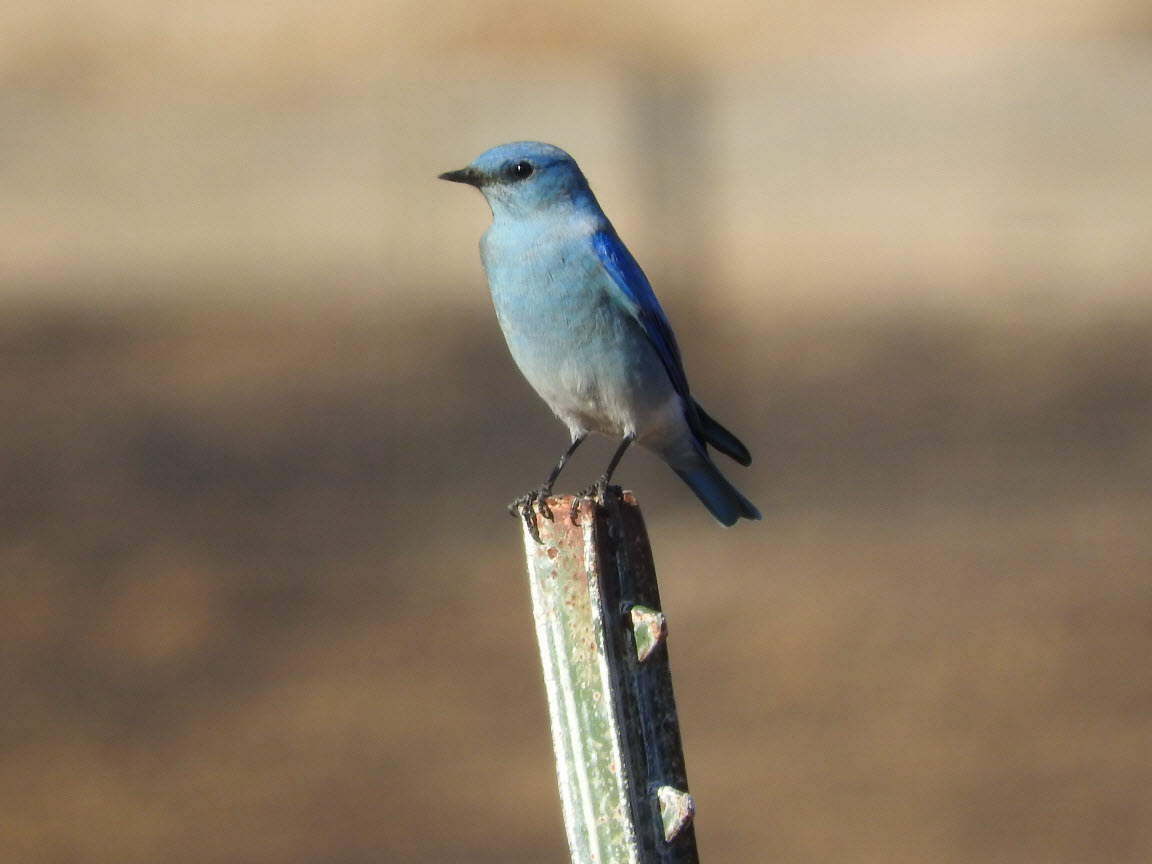

Great websites and apps with more information:
eBird (ebird.org) provides a wealth of up-to-date bird sightings. Go to the eBird Home Page, click on ‘Explore’, type in Sierra (Sierra, CA) or Plumas, click on recent visits.
Santa Clara Valley Audubon Society (scvas.org)
Plumas County Birding Guide – Plumas Audubon Society
The Sierra Foothills Audubon Society is headquartered in Grass Valley, CA but their membership area includes Sierra County.
MERLIN free birding app: offers quick identification help for all levels of bird watchers and outdoor enthusiasts to help you learn about the birds in any country in the world.
BirdNET is an app created by Cornell University that will allow you to record and identify the source of a bird sound using artificial intelligence (AI). “How can computers learn to recognize birds from sounds? The BirdNET research project uses artificial intelligence and neural networks to train computers to identify more than 3,000 of the most common species worldwide. You can record a file using the microphone of your Android device and see if BirdNET correctly identifies the probable bird species present in your recording. Get to know the birds around you and help us to collect observations by submitting your recordings.”

